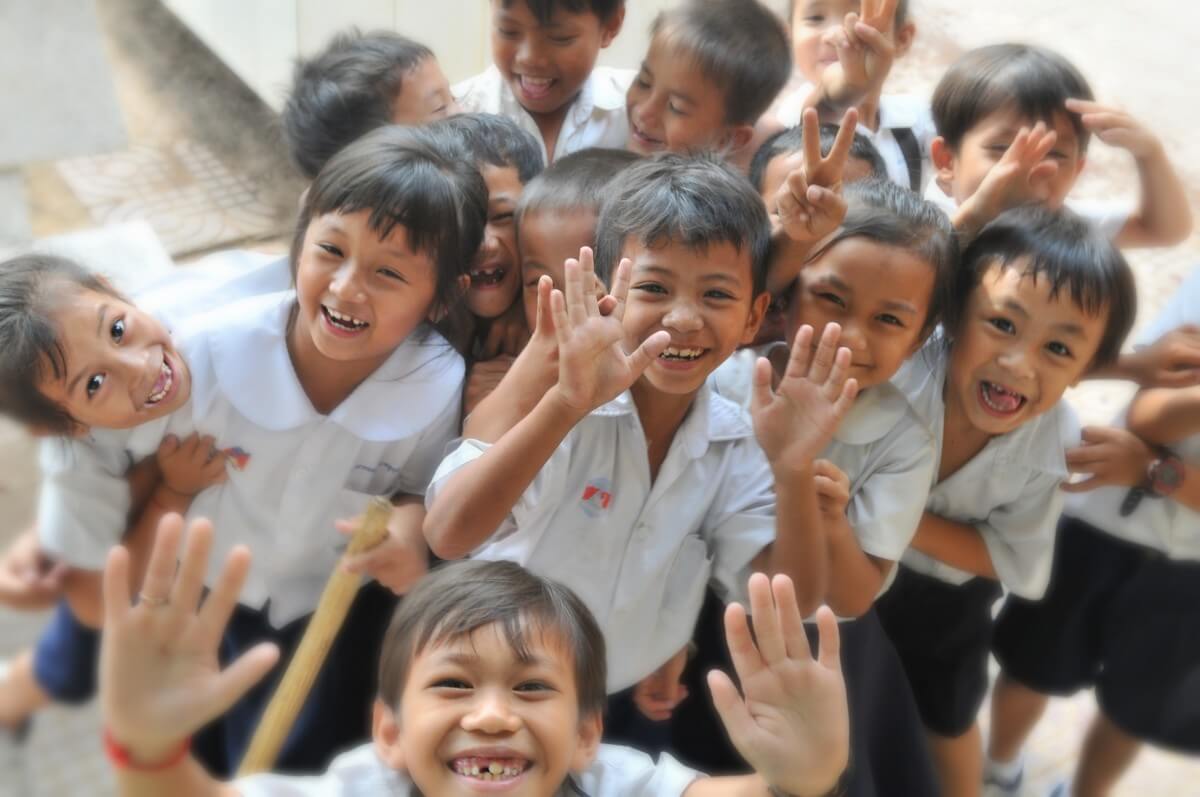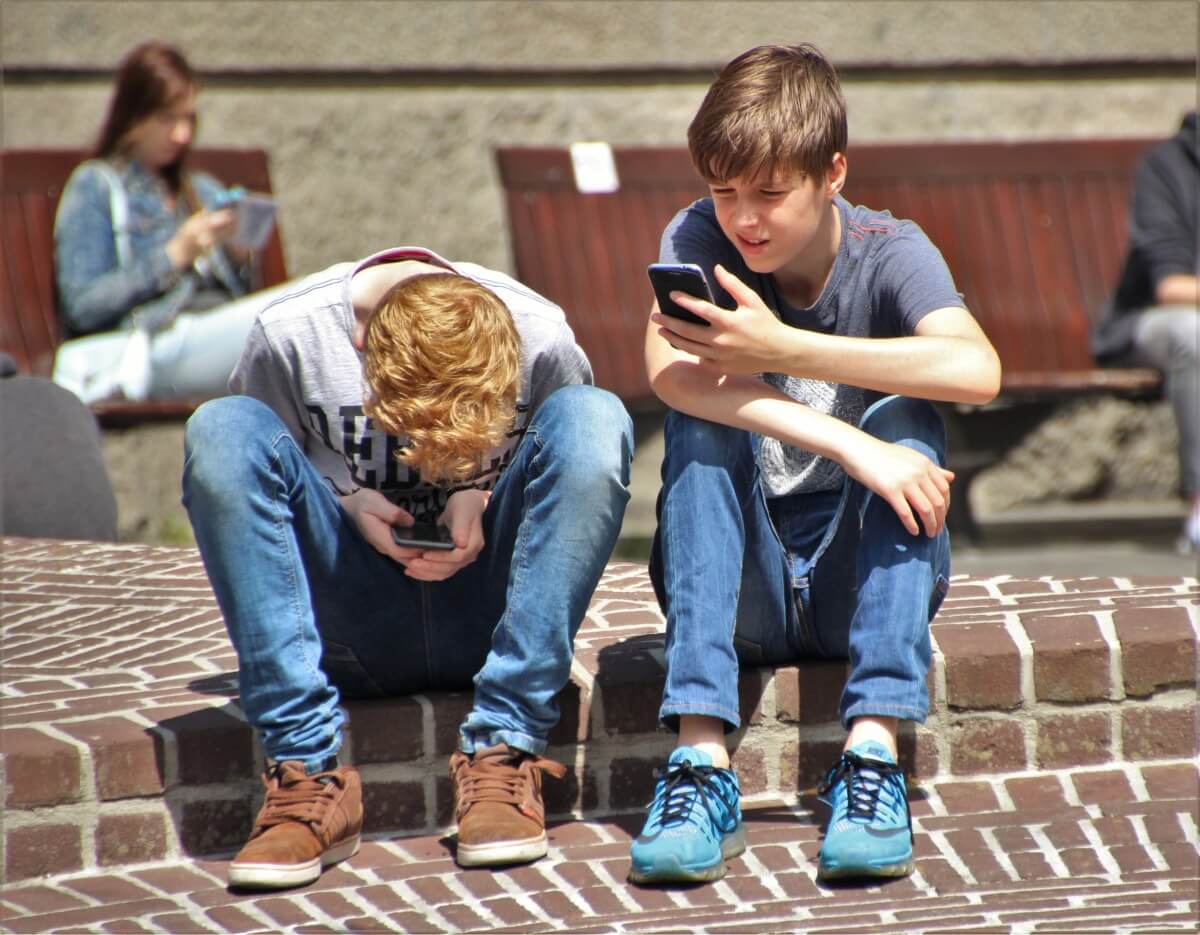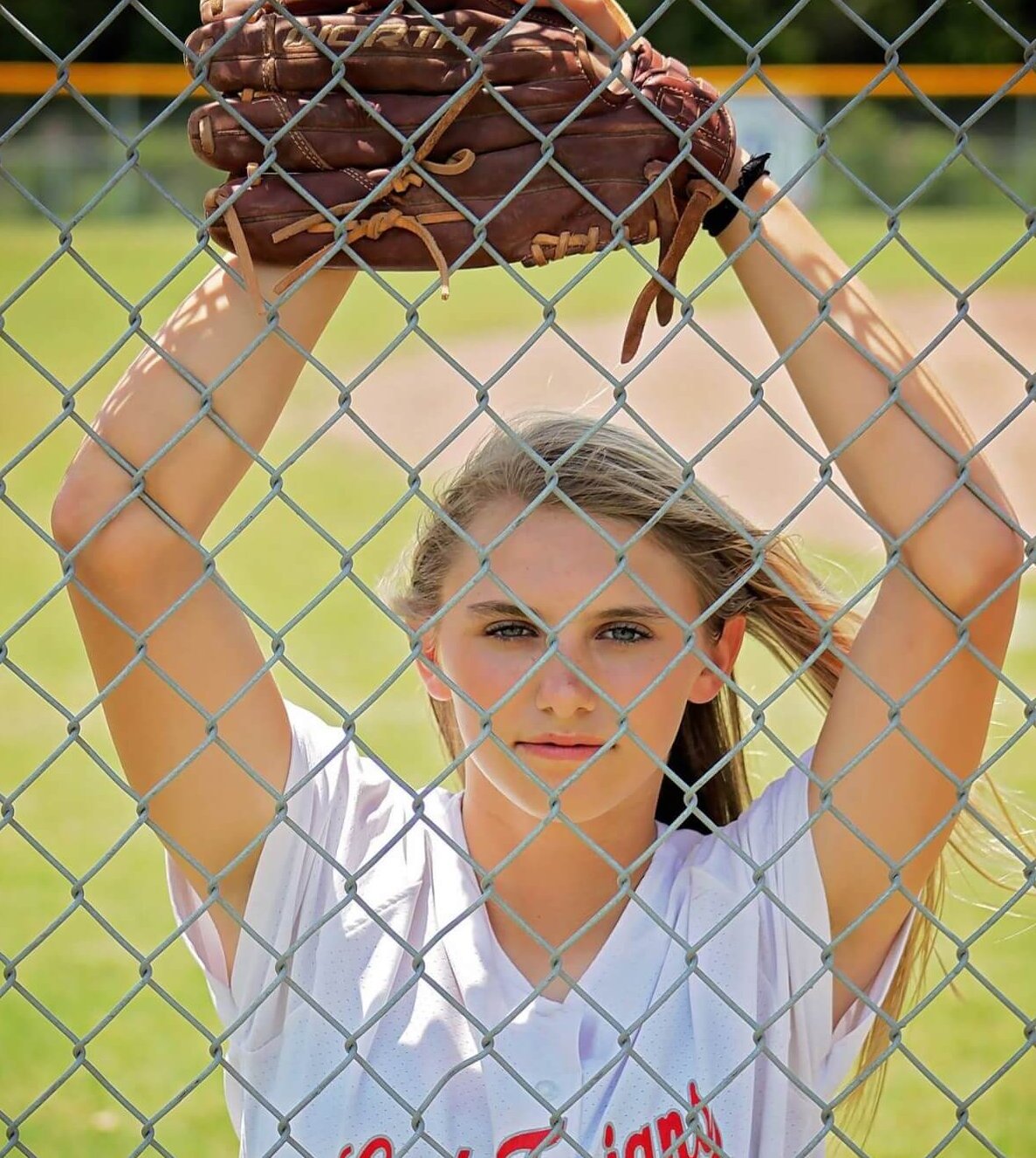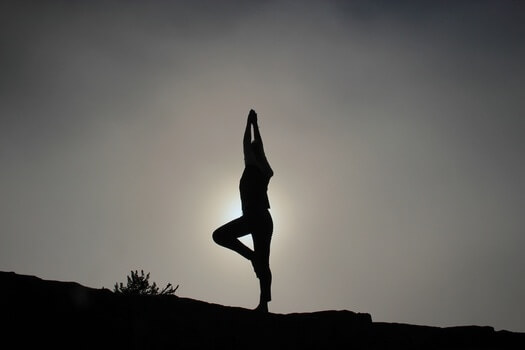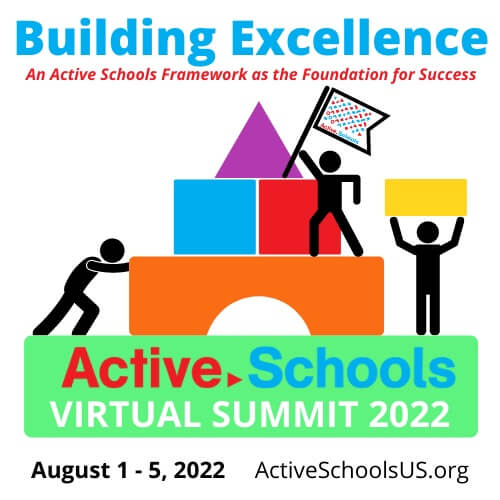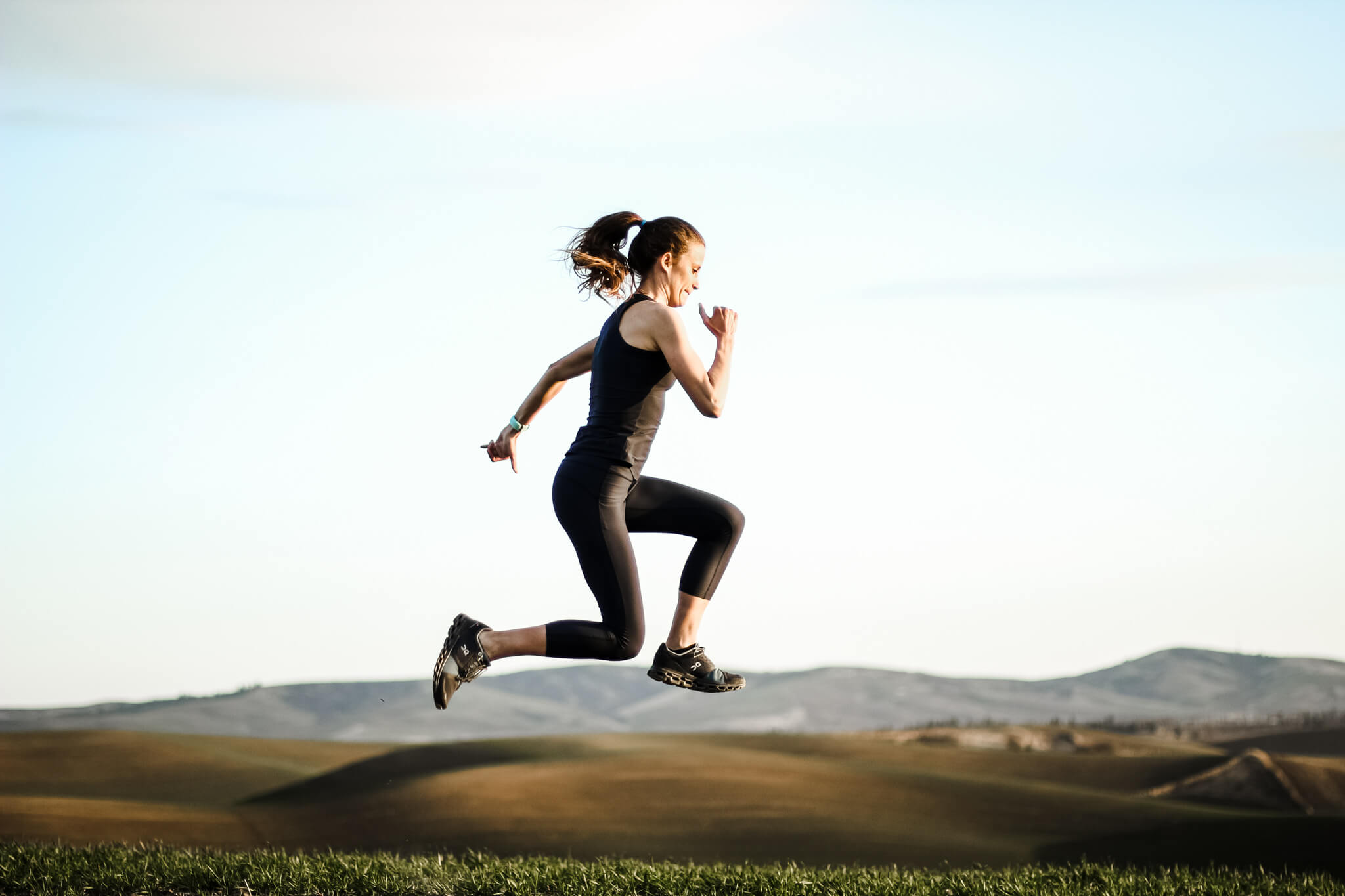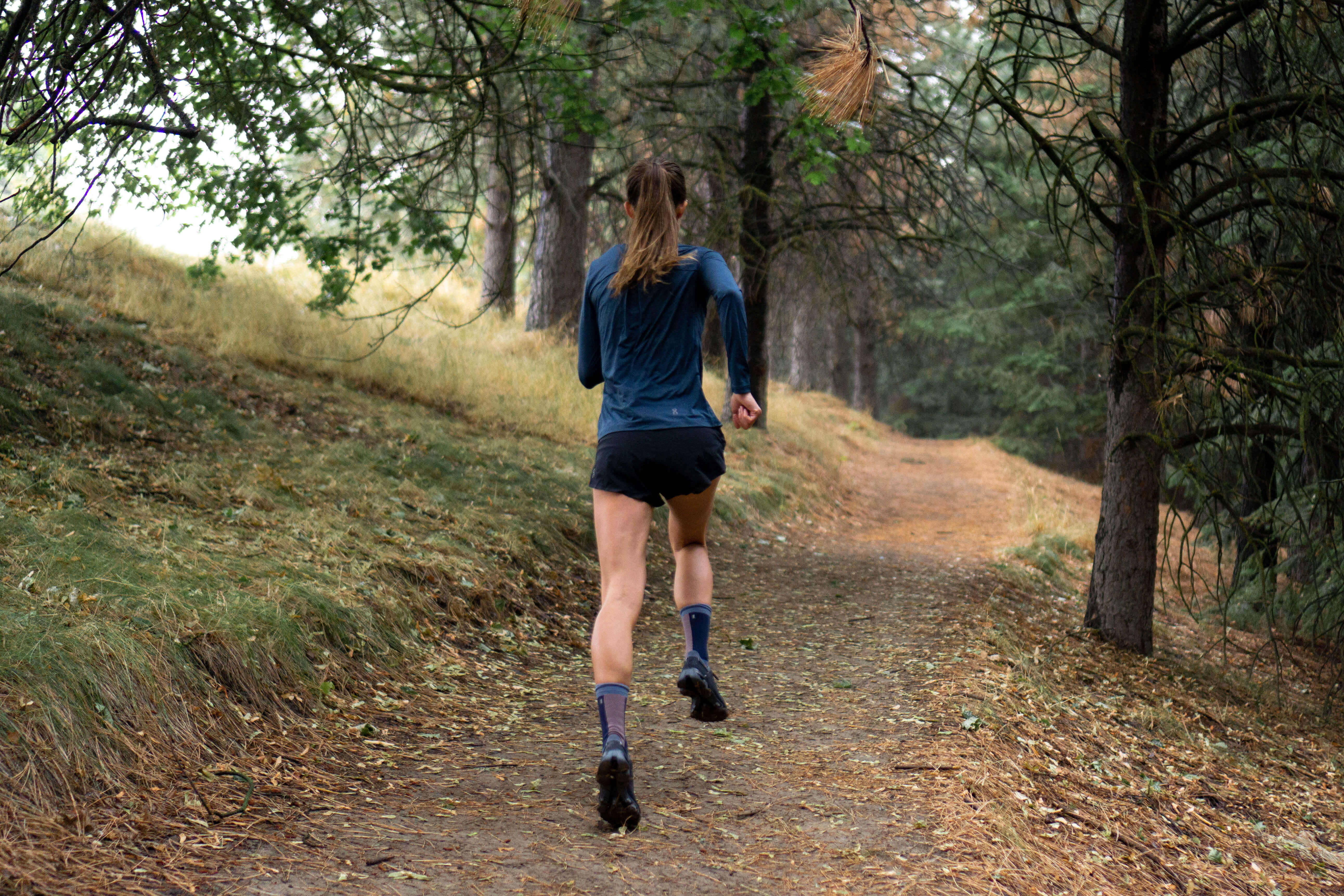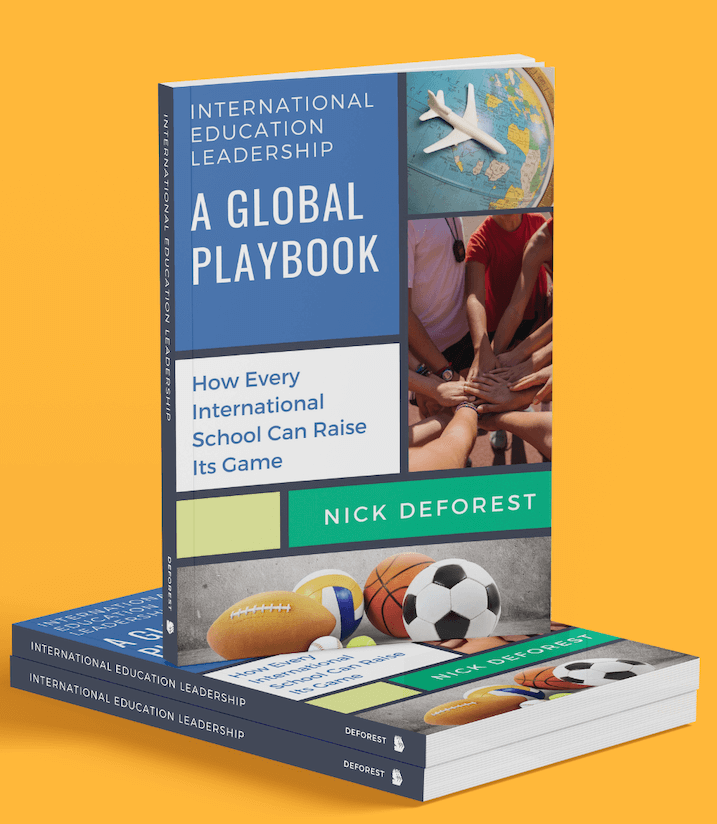
Education and especially scholastic sports have undergone significant shifts over the last twenty years. The last few years of the pandemic have sped up this process and shown us the great value sports can have on a student’s entire life as well as on an entire school community. At its core, education should be dynamic, progressive and at the forefront of today’s changing landscape and school athletic programs should be no exception. Today there are more schools, more leagues, more programs, more changes to personnel, and of course more options on how people spend their time. My hope is that when schools focus on educational athletic programs they will also improve their school culture and make their entire school communities a better place. Athletics can do things that other areas of schools cannot, and in many cases, athletics is the fundamental fabric that holds schools together – that needs to be realized and strengthened by all community members. As someone who understands the purpose of athletics, I have been working towards the goal of widening the outreach and understanding of athletic programs for some time now and hope that my new book “A Global Playbook” is a helpful step in doing just that.
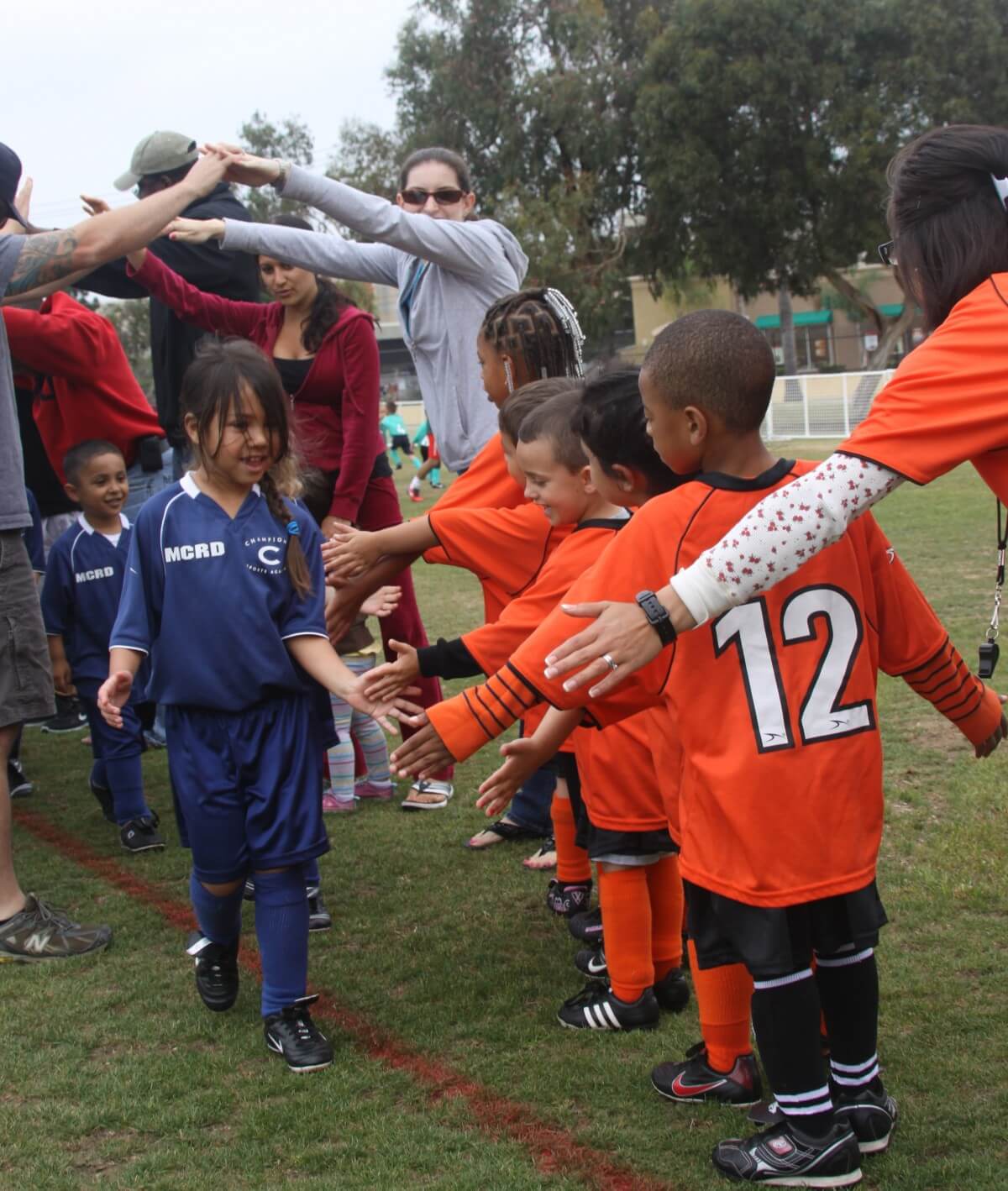
This simple way we call our programs can have a big impact on how they are viewed by community members. “Educational athletics” embodies the idea that athletics is an extension of the classroom and that playing sports is an educational activity that provides outstanding opportunities to teach life lessons at the same time. Using this term benefits a program in two ways. First, it should be that it is not solely about wins and losses. Second, it shows that a school, or club for that matter, is also interested in educating its athletes in areas other than Xs and Os. One of the major benefits of athletics for young men and women all around the world is that they have a higher chance of succeeding in all aspects of life because of the skills that they can acquire while playing sports. There are incredible correlations between successful people and the skills they learned while participating in athletics such as the ability to put in the work to hone their skills over a long period of time, the ability to show up on game day, and the ability to be prepared to compete. But the fun part is that this list can go on and on.
